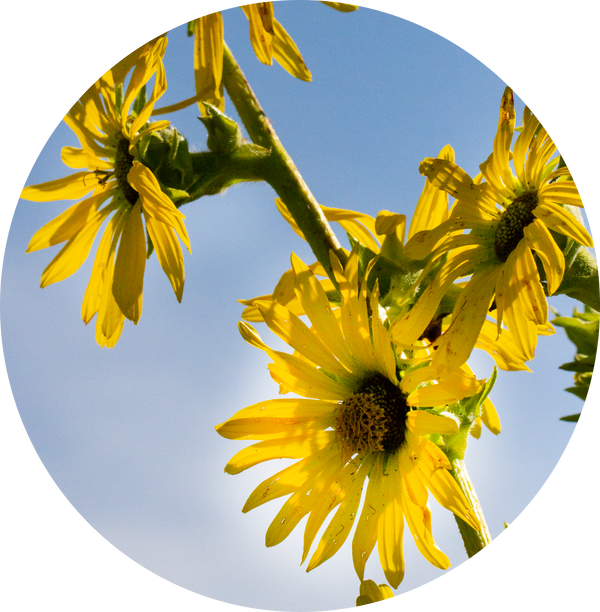Midwest Wilderness Connections Eco-briefs and Eco-sweeps
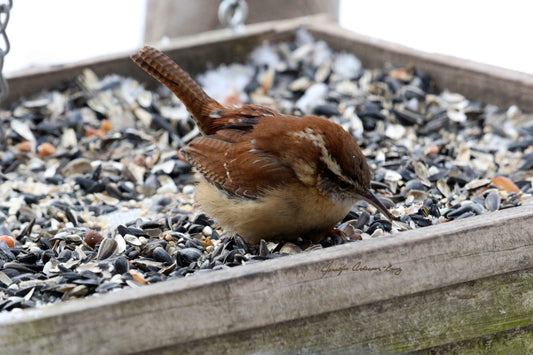
MWC Eco-brief: Carolina Wren
As an avid insectivore with a bill that cannot open most seeds, the Carolina wren depends heavily on winter birdfeeders offering suet, white proso millet, sunflower hearts, or peanuts. Just...
MWC Eco-brief: Carolina Wren
As an avid insectivore with a bill that cannot open most seeds, the Carolina wren depends heavily on winter birdfeeders offering suet, white proso millet, sunflower hearts, or peanuts. Just...
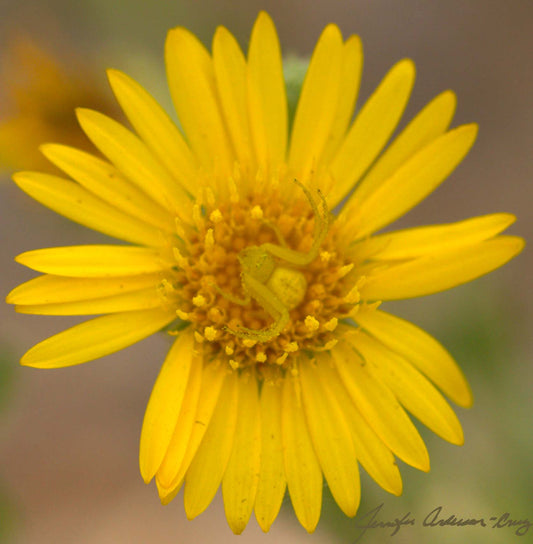
MWC Eco-brief: Spot the imposters!
Flower crab spiders hide amongst petals to catch prey attracted to blossoms. Some flower crab spiders change color to blend in with their surroundings, which has only been documented in...
MWC Eco-brief: Spot the imposters!
Flower crab spiders hide amongst petals to catch prey attracted to blossoms. Some flower crab spiders change color to blend in with their surroundings, which has only been documented in...

MWC Eco-brief: Long-distance Darners
Like monarchs, green darner dragonflies partake in long distance migration over multiple generations. The 1st generation hatches near the Gulf Coast, then migrates north to lay 2nd generation eggs in...
MWC Eco-brief: Long-distance Darners
Like monarchs, green darner dragonflies partake in long distance migration over multiple generations. The 1st generation hatches near the Gulf Coast, then migrates north to lay 2nd generation eggs in...
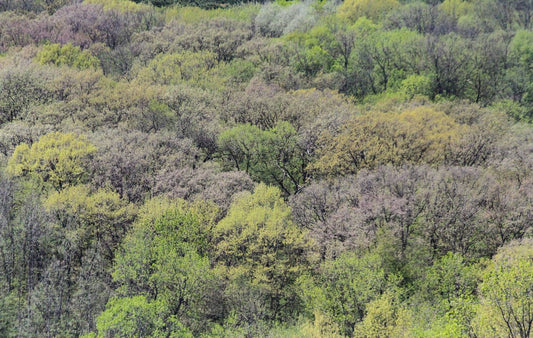
MWC Eco-brief: Spring has Arrived in the forest
The spring forest canopy can be as beautiful as its fall colors. Many migrating birds follow the opening of tree buds during spring migration. The opening of buds exposes lots...
MWC Eco-brief: Spring has Arrived in the forest
The spring forest canopy can be as beautiful as its fall colors. Many migrating birds follow the opening of tree buds during spring migration. The opening of buds exposes lots...
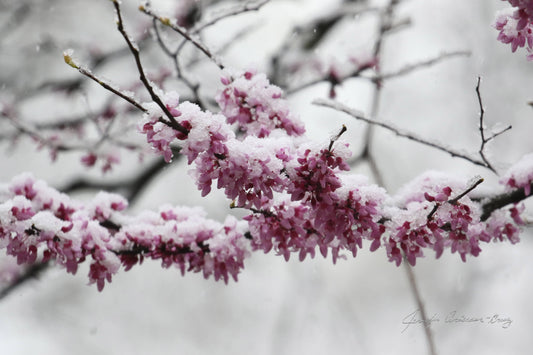
MWC Eco-brief: Eastern Redbud
The eastern redbud (Cercis canadensis) is an early blooming tree species that is an important first food plant for emerging bees and pollinators in search of nectar and pollen. The...
MWC Eco-brief: Eastern Redbud
The eastern redbud (Cercis canadensis) is an early blooming tree species that is an important first food plant for emerging bees and pollinators in search of nectar and pollen. The...
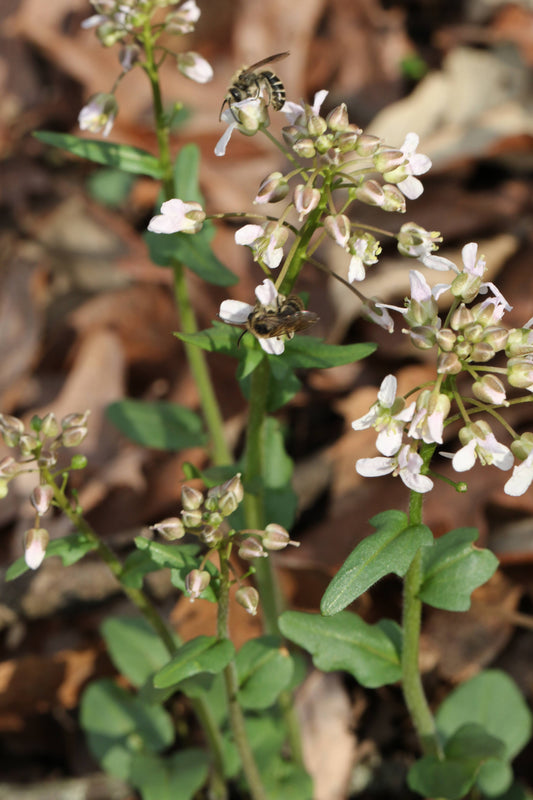
MWC Eco-brief: Cellophane Bees
Early spring wildflowers are incredibly important to native bees emerging from their overwinter retreats. Here, cellophane bees are feeding on purple cress (Cardamine douglassii). Cellophane bees are ground nesting bees....
MWC Eco-brief: Cellophane Bees
Early spring wildflowers are incredibly important to native bees emerging from their overwinter retreats. Here, cellophane bees are feeding on purple cress (Cardamine douglassii). Cellophane bees are ground nesting bees....
